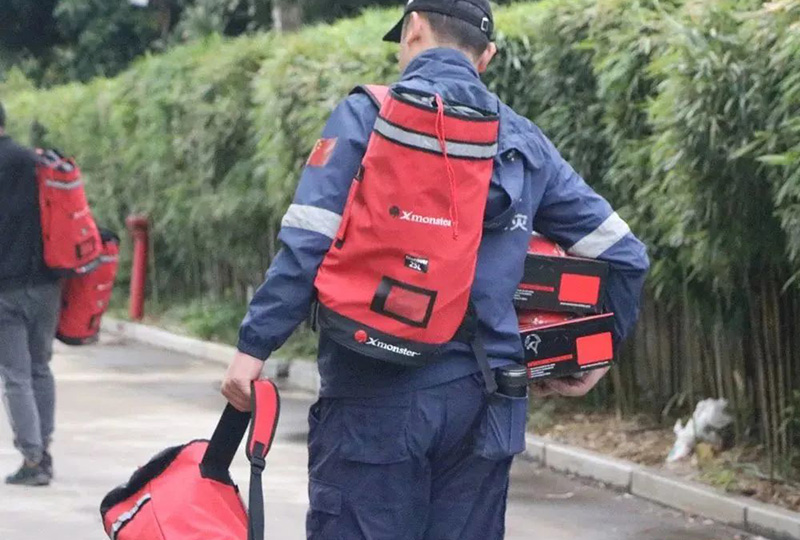
Key Role in Turkey Rescue
Recently, two powerful earthquakes with a magnitude of 7.8 struck the southeastern region of Turkey, causing significant casualties and property damage. Many Chinese rescue teams rushed to aid Turkey in its disaster relief efforts. This time, the rescue equipment from Xmonster Extreme Beast also went with the Xiamen Blue Sky Rescue Team to support Turkey's earthquake relief work. We hope that Turkey can overcome this difficulty soon.
Xmonster Equipment Supports Xiamen Blue Sky Rescue Team in Turkey Earthquake Relief
Earthquakes cause devastating and widespread damage. In a short period, it can result in the collapse of a significant number of buildings and casualties, which is unparalleled by other natural disasters. Its suddenness and severe damage bring great difficulties to the rescue work. So, what kind of rope techniques are used in earthquake rescue?
Lifting heavy objects to rescue trapped casualties.

Setting up a hauling system to transfer casualties.
Due to the collapse of building slabs and walls caused by the earthquake, there is an urgent need to move these destructive building remains from the scene to rescue the trapped individuals. The earthquake site is generally ground damaged and piled up with a large number of building remains, affecting the transport of rescue equipment. Therefore, rescue equipment that is lightweight, multifunctional, and efficient is particularly crucial for time-critical rescue work.
The remains of building slabs and walls collapsed due to the earthquake need to be moved from the earthquake site by lifting. Traditional lifting equipment mostly relies on steel cables, the weight of which brings inconvenience in carrying and setting up, undoubtedly reducing rescue efficiency in time-critical rescue work.
When it's required to rescue someone trapped on a certain floor, a tripod rescue system needs to be set up for rope hauling operations to transfer the trapped person to a safe area. In this situation, ultra-low elongation static ropes become the first choice. Due to their ultra-low elongation characteristics, they save time and effort when setting up hauling systems and are an efficient tool for rescue work.

